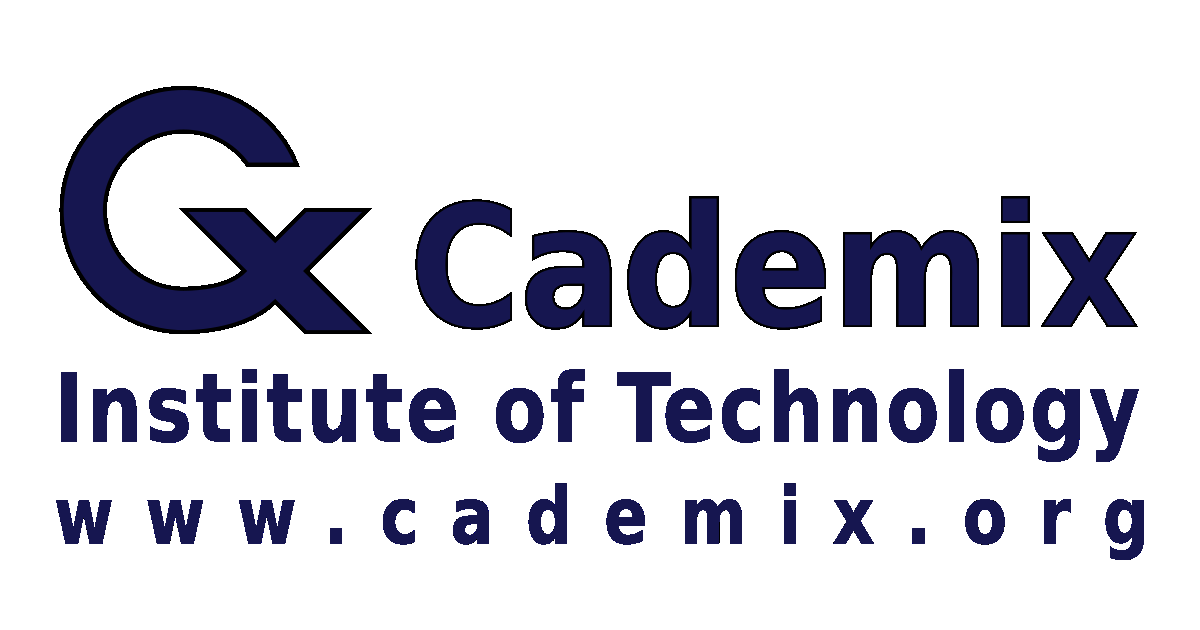Starting an eye center can be a lucrative and fulfilling business venture. With the growing demand for eye care services due to aging populations and increased screen time, the need for professional eye care is more significant than ever. This article explores various business models for establishing an eye center and provides key considerations for business owners and investors.
eye center, eye care business, business models, establishing an eye clinic, investors in eye care, eye care services, optometry practice, ophthalmology clinic, business planning
Understanding the Eye Care Market
Market Demand
Aging Population
An aging population contributes significantly to the demand for eye care services. Conditions such as cataracts, glaucoma, and macular degeneration become more prevalent with age, requiring regular eye examinations and treatments.
Increased Screen Time
With the rise of digital devices, more people are experiencing eye strain, dry eyes, and other vision-related issues. This trend creates a steady demand for eye care professionals and services.

Types of Services
Routine Eye Exams
Routine eye exams are essential for maintaining good vision and eye health. They help detect refractive errors, such as myopia, hyperopia, and astigmatism, and monitor for eye diseases.
Specialized Treatments
Specialized treatments for conditions like glaucoma, cataracts, and diabetic retinopathy require advanced equipment and expertise. Offering these services can differentiate your eye center from competitors.
Optical Retail
Many eye centers combine medical services with optical retail, selling glasses, contact lenses, and other vision aids. This dual approach can enhance revenue streams and improve customer satisfaction.

Business Models for Eye Centers
Private Practice
Solo Practice
A solo practice is owned and operated by a single optometrist or ophthalmologist. This model allows for complete control over the business but requires significant personal investment and responsibility.
Pros:
- Full control over business operations
- Personal relationship with patients
- Flexibility in service offerings and hours
Cons:
- High initial investment
- Responsibility for all business aspects
- Limited capacity for patient volume
Group Practice
In a group practice, multiple eye care professionals share the costs and responsibilities of running the eye center. This model can provide a broader range of services and increase patient capacity.

Pros:
- Shared financial and operational responsibilities
- Increased patient volume and revenue potential
- Diverse range of services offered
Cons:
- Need for coordination and management among partners
- Potential for conflicts in decision-making
- Shared liability
Corporate-Owned Eye Centers
Corporate-owned eye centers are part of a larger chain or franchise. These centers benefit from established brand recognition, standardized practices, and corporate support.
Pros:
- Established brand and reputation
- Access to corporate resources and support
- Economies of scale in purchasing and marketing
Cons:
- Limited control over business operations
- Profit-sharing with the corporate entity
- Potential lack of personalization in patient care
Retail Optical Chains
Retail optical chains focus primarily on selling eyewear and often include basic eye exams. Examples include LensCrafters and Visionworks. These businesses can generate significant revenue from optical sales.
Pros:
- High revenue potential from optical sales
- Established brand and marketing support
- Streamlined operations and standardized practices
Cons:
- Less focus on medical eye care
- Potential high competition in the retail market
- Dependence on volume sales
Medical Specialty Centers
Medical specialty centers combine eye care services with other medical specialties, such as dermatology or dental care. This model can attract a diverse patient base and offer comprehensive healthcare solutions.
Pros:
- Diverse patient base
- Cross-referral opportunities between specialties
- Comprehensive care offering
Cons:
- Complex management and coordination
- Higher operational costs
- Need for specialized facilities and equipment
Key Considerations for Business Owners and Investors
Location and Market Analysis
Demographic Research
Conduct thorough research on the demographics of your target area. Consider factors such as age distribution, income levels, and population density to determine the potential demand for eye care services.

Competitive Analysis
Analyze the existing eye care providers in the area. Identify gaps in the market and opportunities for differentiation. Understanding your competition will help you position your eye center effectively.
Financial Planning
Initial Investment
Estimate the initial investment required to start your eye center. This includes costs for leasing or purchasing property, renovating the space, purchasing equipment, and marketing.
Revenue Streams
Identify potential revenue streams for your eye center. This can include routine eye exams, specialized treatments, optical sales, and possibly ancillary services such as telemedicine.
Financial Projections
Develop detailed financial projections, including expected revenue, expenses, and profitability. This will help you secure financing and manage your business effectively.
Staffing and Training
Hiring Qualified Professionals
Recruit qualified optometrists, ophthalmologists, and support staff to provide high-quality care. Consider offering competitive salaries and benefits to attract top talent.
Ongoing Training
Invest in ongoing training and professional development for your staff. This ensures they stay updated with the latest advancements in eye care and can provide the best possible service to your patients.
Technology and Equipment
Advanced Diagnostic Tools
Invest in advanced diagnostic tools and equipment to offer comprehensive eye exams and treatments. This can include optical coherence tomography (OCT), fundus cameras, and automated refractors.
Electronic Health Records (EHR)
Implement an EHR system to streamline patient record-keeping, improve communication, and enhance patient care. An efficient EHR system can also aid in regulatory compliance and reporting.
Marketing and Patient Acquisition
Online Presence
Develop a professional website and maintain active social media profiles to attract new patients. Use search engine optimization (SEO) strategies to improve your online visibility.
Community Outreach
Engage with the local community through health fairs, school screenings, and educational seminars. Building relationships within the community can enhance your reputation and attract more patients.
Patient Retention
Focus on providing excellent patient care and follow-up services to retain your patients. Implement a patient loyalty program and solicit feedback to continually improve your services.
Conclusion
Establishing an eye center involves careful planning and consideration of various business models. Whether you choose a private practice, corporate-owned center, retail optical chain, or medical specialty center, it’s essential to conduct thorough market analysis, financial planning, and staff training. By investing in advanced technology, developing a strong online presence, and focusing on patient care, business owners and investors can create a successful and profitable eye care business.
For more information on starting an eye center, visit the American Optometric Association (AOA).
Explore business planning resources on platforms like SCORE and the Small Business Administration (SBA).
Learn about the latest advancements in eye care technology from the American Academy of Ophthalmology (AAO).

